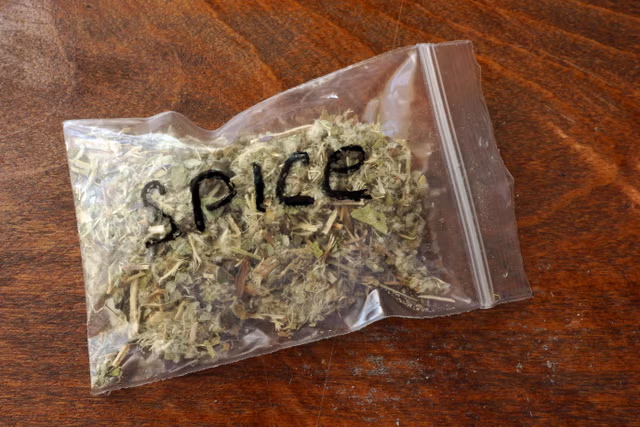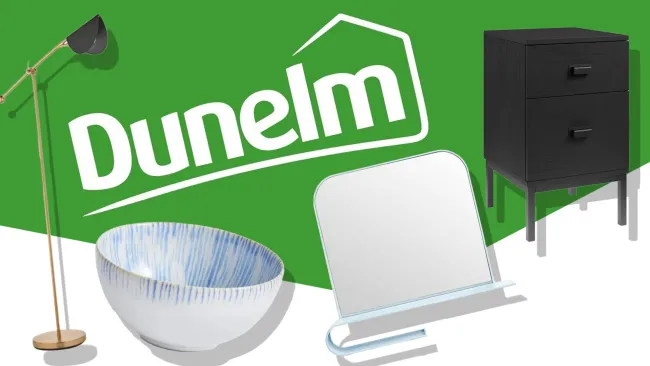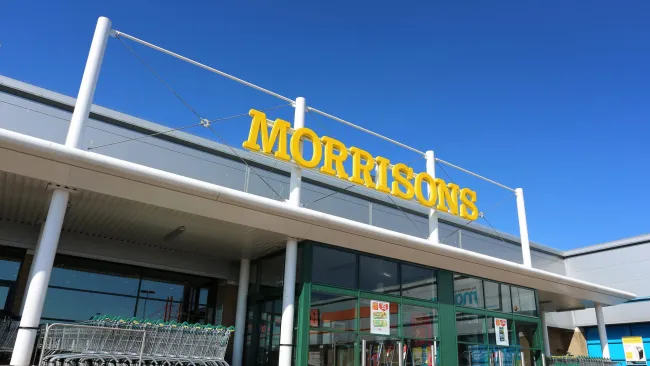
Think back to when you were 10; your plaid shirts and Converse were inspired by the characters you saw on the Disney Channel, your phone (if you even had one) was mainly reserved for calling your mum, and the most you put on your face was some cheap glittery eyeshadow.
But today’s children – largely young girls – are known as the Sephora Kids or, as Allure crowned them, Generation Beauty.
With some as young as six, they’re often seen in groups, spending large amounts of their parents’ money in the beauty retail store – often on products designed to fight the signs of ageing.
If you haven’t seen them in the aisles, baskets chock-full of Drunk Elephant bronzing drops and Sol De Janeiro Brazilian Bum Bum cream (which cost £35 and £48 respectively), then you’ll likely have spotted them online.
Data from Statista shows that the baby and child skincare market is expected to experience an annual growth rate of about 7.71%, reaching a global market volume of $380m (£299m) by 2028.
Meanwhile, a 2022 report from Common Sense Media found teenagers and tweens social media usage increased by 17% from 2019 to 2021 and there was a particular increase in social media use among children ages eight to 12, despite many platforms like TikTok requiring users to be at least 13 years old.
It’s here that they are fed a steady stream of advertising for the products they’re now desperate to buy.
The cult ‘get ready with me’ (GRWM) format was developed in the 2010s by teenage social media influencers, who filmed their skincare and makeup routines to give YouTube followers a glimpse into their everyday lives.
This format then migrated to TikTok after its creation in 2016, and arguably influenced young children a little too well, as there are now thousands of little girls who film themselves before school, applying expensive serums and creams to their pristine skin.
David Connor, CEO of viral brand Kanzen Skincare, tells Metro.co.uk: ‘The increasing exposure of young children to social media, especially platforms like TikTok, has greatly contributed to their interest in skincare.
‘GRWM videos are highly popular and often feature adult skincare products. Children are impressionable, and when they see influencers they admire using these products, it can create a desire to imitate that behaviour, even when it’s not suitable for their age.’
Dr Leah Totton, GP and and founder of Dr Leah Skin Clinics, couldn’t agree more.
‘The rise in children using adult skincare is down to social media platforms, such as TikTok, an app which I believe children should not have access to anyway,’ she tells Metro.co.uk.
‘With the younger children, a big part of their interest in skincare is the packaging of the products being used in the “get ready with me” videos, which are often bright and colourful.’
When 38-year-old mumfluencer, Nisha Noelle, took her young daughters Britain and Baylaa to Sephora so they could show her what they wanted for Christmas, it exemplified just how different things are for the younger generation.
Their wish list included: Sol de Janeiro Bum Bum Body Obsession gift box (£99), Drunk Elephant Protini Polypeptide Cream (£62), a Laneige lip mask (£19), Glow Recipe Fruit Babies (around £32), Summer Fridays Lip Butter Balm (£23) and Gisou Honey Infused Hair Oil (£19).
This is close to £300 worth of skincare for an 11 and nine-year-old.
The tastemakers aren’t always adult either. Penelope Disick, the 11-year-old daughter of Kourtney Kardashian, regularly films skincare-focused TikToks, while the internet-famous Evelyn Unruh, 13, began posting clips about her favourite mascara at age 10.
Evelyn went viral for posting savage takes on fashion, beauty and pretty mucheverything, all while going through a multi-step skincare regiment and putting on high-end makeup.
Looking at how these skincare products take off among young children on TikTok, David explains: ‘The platform thrives on viral content, which often includes beauty challenges and tutorials that have to be entertaining.
‘While TikTok allows for creativity and self-expression, it can also lead to premature behaviour in young children, who may not fully understand their skin’s needs or wants. Skincare routines intended for adults are often not suitable for children’s delicate and developing skin.’
There are no shortage of parents sharing their lives online, many including their young children in ‘get ready with me’ content, which David believes doesn’t help matters.
‘When parents involve their children in skincare routines, it normalises the idea that they need these products, when in fact their skin is often self-sufficient at such a young age,’ he says.
‘It’s important that children develop a healthy and age-appropriate relationship with skincare, and parents should be mindful of the example they set.’
It’s become such a problem in the beauty industry that skincare brand Keihl’s released a campaign titled ‘Kids should stay kids’, aiming to get children to stop using their skincare.
‘It places emphasis on the innocence of childhood whilst sending an important message to both parents and retailers,’ comments Dr Leah.
‘For children, only medical products for conditions such as childhood eczema, recommended by GP or dermatologist should be used.
‘I think it’s important that teenagers take an interest in skin health, but the education needs to be there – and following multiple-step skincare routines with harsh ingredients is not the way to go about it.’
The backlash is largely due to the types of products being used, as David explains:’Adult skincare products often contain active ingredients, such as retinoids, AHAs, or BHAs, that are designed to address concerns like ageing, pigmentation, or acne.
‘These ingredients are generally too harsh for young, sensitive skin and can cause irritation, allergic reactions, or long-term damage.’
These are sentiments echoed in the comments of children’s GRWM videos, with one person writing: ‘You’re freaking nine years old. Didn’t have a skincare routine until I was 13.’
‘Please be careful with acids babe!’ added another. ‘You don’t need it, you’re only little.’
There are social implications as well. This focus on looking a certain way from a young age coincides with recent reports that 66% of under-18s feel negative or very negative about their body image most of the time, while some teenagers are even going into debt to fund their quest for beauty.
Family support specialist, Cai Graham, previously told Metro.co.uk that this form of overconsumption also leads tweens and teens to grow up faster, as they’re desperate to keep up with what they see online.
Cai explained: ‘With social media, TikTok and YouTube, as well as the need to “fit in” or impress their peers and friends, kids are growing up faster and they’re growing out of toys quicker.
‘We’re living in a digital age where everyone can see what you’re doing, what you’re wearing, what presents you receive and the micro-monitoring on our lives, although it seems harmless, can have an impact on children – and adults.’
‘As a society, children will look to grow up faster and feel some sort of pressure to act older than they are and share interests in what the majority of their peers would deem as “cool” or successful. It comes down to comparison culture, which is at an all time high today.’
She believes parents will need to focus on teaching their kids the value of money and make them realise that spending hundreds on skincare isn’t realistic for everyone, adding: ‘Teach your children that all gifts are through love, care and appreciation of them no matter the size and cost.’
While the adults of today were able to be kids without being constantly influenced, this isn’t the case for children now. With their social media usage showing no signs of slowing down, it seems the Sephora kids are here to stay – whether you like it or not.
Do you have a story to share?
Get in touch by emailing MetroLifestyleTeam@Metro.co.uk.
Sign up to our guide to what’s on in London, trusted reviews, brilliant offers and competitions. London’s best bits in your inbox
Disclaimer: The copyright of this article belongs to the original author. Reposting this article is solely for the purpose of information dissemination and does not constitute any investment advice. If there is any infringement, please contact us immediately. We will make corrections or deletions as necessary. Thank you.




